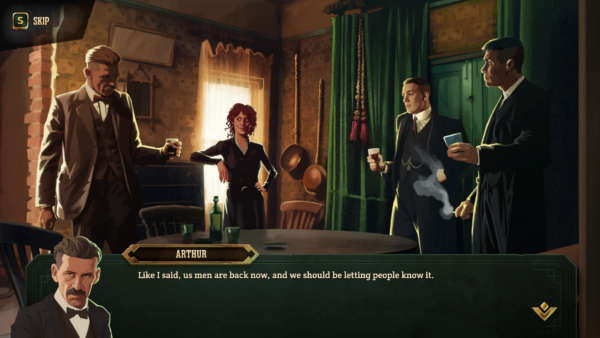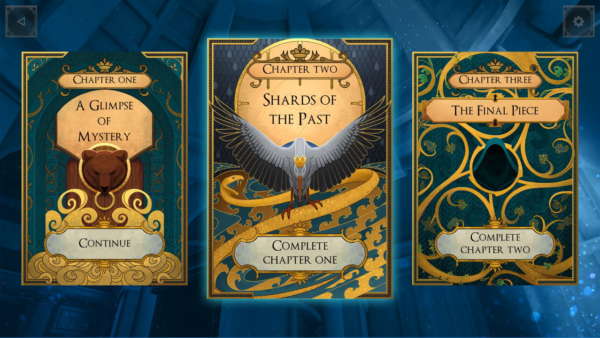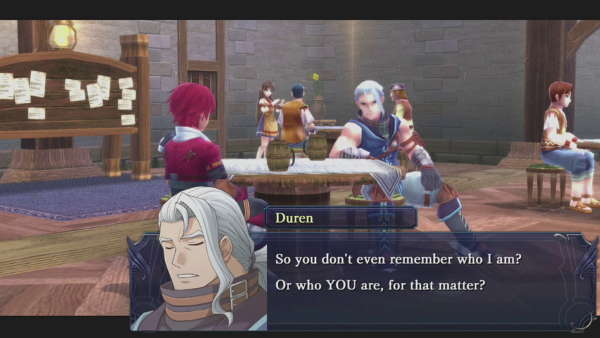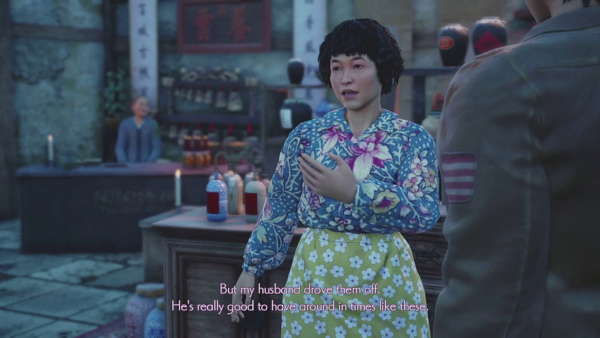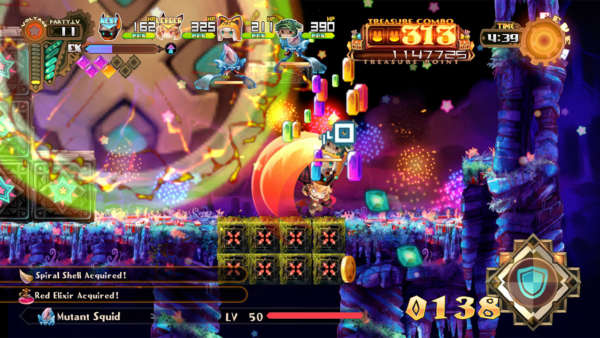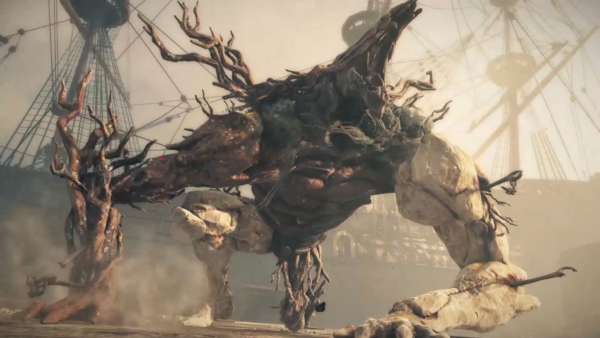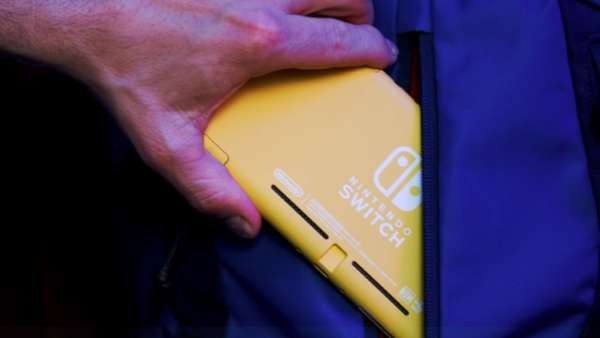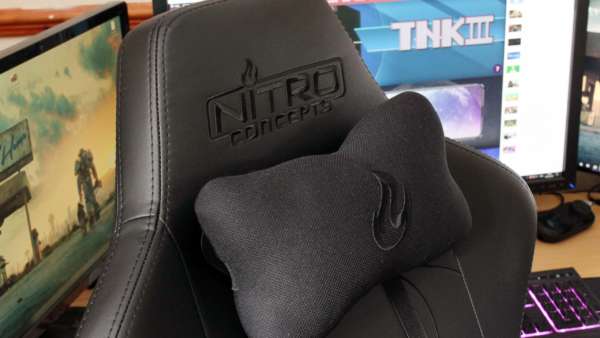So, we’ve had the appetiser and now it is time for the main course. Super Smash Bros for Wii U has finally landed and it ushers in a new age of Smash for many. Is this version the definitive edition of Smash or should we hold out for Smash 5?
As mentioned in our 3DS review, the game still feels like a careful balance between the speed and ferocity of Melee’s combat, with the defensive play of Brawl. What’s more is that Nintendo have already shown dedication to balance and reworking the game with patches, as characters have been nerfed, mechanics tweaked and so on since launch. While Nintendo have yet to provide detailed patch notes for each update, it is definitely a step in the right direction to ensure the competitive future of Smash, whilst keeping it fun for party play. The ability to play with almost any controller under the sun is great too, with players being able to use their 3DS, Wii U Pro Controllers, Wiimotes and even Gamecube controllers if you can get your hands on an elusive adapter. Though Super Smash Bros did control well on the 3DS, nothing beats playing it on a proper controller.
However, unlike its 3DS counterpart, Super Smash Bros for Wii U is absolutely bursting with content. You have over 700 trophies to collect, 140 challenges to complete and plenty of single player modes to keep you entertained in between smashes. Forget main course, this game is a smorgasbord of content, dedicated to the history of Nintendo and other franchises. Just the soundtrack alone, which contains over 400 songs, is a testament to how much love and time has been poured into this game to make it the ultimate Smash experience. While there are some odd remix choices (the 7 Jungle Theme remixes from DKC come to mind) and there are a decent number of tracks carbon copied from Brawl, it is still one of the best compilation soundtracks ever, let alone gaming-specific compilations.
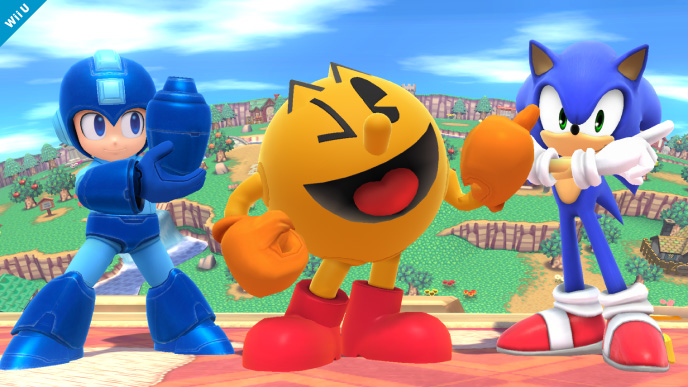
This is still a bit surreal, even after playing the 3DS version.
Now, with all this new content, you also have a lot of modes that you can unlock various goodies. The old staples of Classic and All-Star mode are here, as well as Event Matches and Stadium games like Home Run Contest and Target Blast from the 3DS version, but the big new Wii U modes are Master/Crazy Orders and Smash Tour. Smash Tour is the much weaker of the two modes, being a weird cross of Fortune Street and Mario Party, with players trying to collect checkpoints whilst grabbing fighters and trophies for randomised matches as players cross paths. It is way too chaotic and I hardly knew what was going on half the time, leading to a lot of confusion when I was suddenly fighting as Giant Captain Falcon with only Pokeballs on and the gravity turned up. It feels like it was cobbled together in an afternoon as a silly party option, and it pales in comparison to the (still mediocre) Smash Run from the 3DS version. Luckily, it is not thrust upon you and you still have a plethora of other modes to have fun in.
Master and Crazy Orders, on the other hand, are great additions to the single player suite. In these two modes, you pick a character and can bet a certain amount of coins to complete a set of challenges. In Master Orders, you get a choice of three challenges, ranging from a coin battle with level 3 CPUs to a horde battle with 20 mini, fast level 9 CPUs for different rewards like custom moves, CDs or more cash. It’s a great way to test your skills and grind out those elusive CDs, and the challenges are never too costly so you can keep coming back if you are on a roll. Crazy Orders takes this concept and really ramps it up. You spend 5000 coins or a Crazy Orders Pass and are tasked with completing as many challenges in 10 minutes, before you have to fight Crazy Hand in order to gain all the rewards you have collected. Not only do you have to manage your rewards but your damage percent persists through each challenge, with a higher percent equalling more health in the stamina battle against Crazy Hand. All these factors come together to create an incredibly engaging single player mode which blows Smash Tour and even old staples like Classic Mode completely out of the water.
There are still some bugbears hanging over from the 3DS edition, like the hell of collecting all the custom moves and Mii equipment, especially as you can get duplicate moves which does nothing but infuriate completionists. It also has some questionable changes from the 3DS version, like the game not saving the last palette you used for your character, or you having to constantly input your name when you enter a new mode rather than it just remembering your selection. Furthermore, while the game’s menus are very cleanly designed, there is still the problem of important options like control settings and the single player modes being hidden within about 4 different submenus, while oft played modes like Smash Tour get a space on the first menu screen. Again, they aren’t deal breakers by any stretch, but just little inconveniences and design oddities that make you question why these changes were made between versions.

Not pictured are the many crude maps I made to play with friends.
As for local smashing, the suite is leaps ahead of the 3DS version, with more customisation options for items, a larger stage list andeven the ability to make your own stages should the in-game arenas not tickle your fancy. The Stage Builder is a nice addition which allows you to make some interestingly shaped battlegrounds, and when the stage swap feature goes live soon, players will be able to share their creations online for others to download. You’ll be able to recreate and share those classic stages that didn’t make the cut. As for the stage list, it is quite the eclectic mix of arenas, with there being a healthy mix of new and retro stages. However, some omissions and inclusions are odd, like fan-favourite Fountain of Dreams not making the cut while universally hated 75m from Brawl did. That said, the majority of the new stages are welcome additions to the list, and while it may not be tournament legal, Kalos Pokemon League is one of the most beautiful stages I have ever seen.
Speaking of the presentation, the game looks absolutely stunning. Gone are the washed out, faux realistic visuals of Brawl. Instead, we have vibrant colours, great art direction and a game which is just a joy to look at. Characters animate beautifully when in motion and capture the spirit of their original games, stages like Orbital Gate Assault are simply a feast for the eyes, and it all runs at a silky smooth 60 fps. Like the game’s stellar soundtrack, you cannot fault Nintendo for the sheer amount of effort and care that has gone in to making this game look astounding. The trophies that you can collect look great and have some surprisingly funny descriptions to them and again, show the concerted effort to celebrate all things Smash.

This game looks so pretty sometimes.
The online suite is pretty much equal with the 3DS version. You have your For Fun and For Glory matches, as well as Spectator mode and the Replay channel for watching other players and the ability to play with friends in custom matches. The netcode is leaps and bounds ahead of Brawl, running like a local match if both players have a good connection, but if one connection is bad, get ready for a rough time. The game does an admirable job in handling lag, trying to compensate by adding an input delay for moves but this more often than not leads to frustration and accidental deaths. If both connections are bad, be ready to watch a Smash Bros slideshow. A simple ping or location indicator in the pre-game screen would go far in remedying these problems, as you could avoid bad connections before the match even starts, but the game lacks this feature which is essential for online fighters. Hopefully, a future patch will add this feature in and stop a high number of Wii Us flying out the window. The game’s tournament mode is yet to be released, so time will tell if this feature will be as successful as Mario Kart 8’s.
